Coconut prices fluctuate at an all-time high
According to a survey, raw coconut prices in Ben Tre are being purchased by traders at a price of 180,000 VND to 190,000 VND/10 fruits. This is considered the highest price for coconuts purchased to date in Ben Tre. However, many traders complain about difficulties in accessing raw materials.
According to traders, the reason for the shortage of goods is that it is currently the time to buy dry coconuts (off-season), so the output of raw coconuts has decreased by more than 50% compared to before. On the other hand, the production demand of companies is currently high, the limited supply makes the price of coconut increase. In addition, the price of by-products around coconuts such as: coconut water, coconut shells, coconut fiber, coconut peat... has increased, partly causing the price of coconuts to reach a record high. Currently, traders are searching all over the coconut gardens to buy, however, there is not enough output to supply the market.
Ben Tre has about 80,000 hectares of coconut, accounting for about 42% of the country's coconut area and about 88% of the Mekong Delta's coconut area with an average yield of over 700 million fruits.
According to Mr. Cao Ba Dang Khoa, Vice President and General Secretary of the Vietnam Coconut Association, the reason for the recent increase in coconut prices is partly due to the fact that we have opened our export markets to China and the US. This has created a domino effect to many other markets.
For example, when the US market opened, the EU countries also opened, many retailers increased their search for Vietnamese coconuts. This shifted consumer demand, including Chinese consumers. If before, they used Philippine and Thai coconuts, now they have switched to trying Vietnamese coconuts and give priority to using Vietnamese coconuts more.
Mr. Khoa also analyzed that the price of raw coconut has increased by 150% compared to the same period last year because in previous years, the price of raw coconut was unstable, the harvest was good but the price was low, the export market was mainly raw exports, through unofficial channels.
But this year, prices have increased sharply, so instead of buying raw materials, many Chinese investors have returned to invest in deep processing in Vietnam. They process coconut milk, frozen coconut water, and many other semi-raw products, then export them to the Chinese market.
Currently, Vietnam has about 16 foreign factories and 35 Vietnamese factories that deeply process raw coconut products.
On the other hand, Indonesia, which has the largest coconut production in the world, has now begun to impose taxes on exported raw coconuts. According to the roadmap, this year the country will ban the export of raw coconuts to give priority to domestic factories to promote deep processing. This information makes deep processing investors move, looking for markets with potential and sustainable raw material areas, such as Vietnam, Thailand, etc.
Meanwhile, Vietnam is still leaving open tax policies for exported raw coconuts. Therefore, markets such as India, Pakistan, Sri Lanka, China and especially Thailand focus on purchasing raw coconuts from Vietnam, causing prices to increase.
Urgent planning of coconut growing areas
The recent increase in coconut prices has both created an opportunity to promote the development of the Vietnamese coconut industry and clearly revealed current shortcomings in planning and developing growing areas.
The General Secretary of the Vietnam Coconut Association said that currently, Vietnam does not have a plan for coconut growing areas. The growing areas are mainly spontaneous, whoever wants to grow whatever type of coconut they want, this leads to inconsistent purchasing, while exporting goods requires consistent products, this leads to weak competitiveness for Vietnam.
“With large coconut export orders, businesses are also very “nervous” because the purchase of fresh coconut raw materials is unstable. There are places where they grow Siamese coconuts, some places grow fire coconuts, some places grow pineapple coconuts, etc., making exports difficult. The fact that an export container has 2-3 types of coconuts in it makes the taste, touch, and smell different, this reduces the competitiveness of fresh Vietnamese coconuts in the world market,” Mr. Cao Ba Dang Khoa shared.
The Vice President and General Secretary of the Vietnam Coconut Association said that currently, if businesses invest in raw material areas themselves, the capital is too large, and if they join hands with farmers, businesses are worried about the situation of "breaking the deal".
Therefore, to enhance the competitiveness of the coconut industry, Mr. Khoa also said: The Vietnam Coconut Association is coordinating with other parties to provide preferential credit packages and special utilities for farmers, cooperatives, purchasing facilities and the coconut industry business community, related to coconut (more than 600 businesses)... The program is expected to be piloted in 5 provinces including: Tien Giang, Ben Tre, Vinh Long, Tra Vinh and Soc Trang, then expanded to the eastern, western and central provinces.
“This is to provide a stable source of domestic coconut materials for businesses that are producing and processing coconuts. Exploiting potential raw material areas to ensure a stable livelihood for coconut growers across the country. Exploiting the potential value of craft villages and cooperatives to act as a bridge to provide stable raw materials and pre-processed materials for manufacturing businesses. Contributing to maintaining raw material areas (based on financial support from banks) and businesses can rest assured to produce high-value products. Thereby, limiting the export of raw materials with low value; at the same time, limiting the situation of good harvest but low price, good price but bad harvest”, Mr. Khoa shared.
Source: https://baoninhthuan.com.vn/news/152329p1c25/nang-cao-nang-luc-canh-tranh-cho-nganh-dua.htm


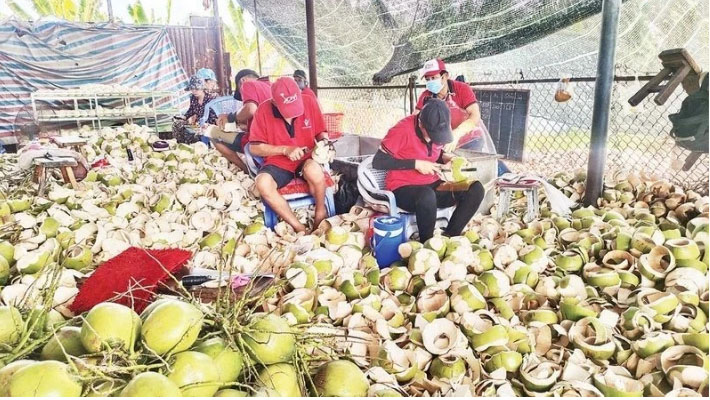

![[Photo] Phuc Tho mulberry season – Sweet fruit from green agriculture](https://vstatic.vietnam.vn/vietnam/resource/IMAGE/2025/4/10/1710a51d63c84a5a92de1b9b4caaf3e5)



![[Photo] Summary of parade practice in preparation for the April 30th celebration](https://vstatic.vietnam.vn/vietnam/resource/IMAGE/2025/4/11/78cfee0f2cc045b387ff1a4362b5950f)
![[Photo] Prime Minister Pham Minh Chinh chairs meeting to discuss tax solutions for Vietnam's import and export goods](https://vstatic.vietnam.vn/vietnam/resource/IMAGE/2025/4/10/19b9ed81ca2940b79fb8a0b9ccef539a)
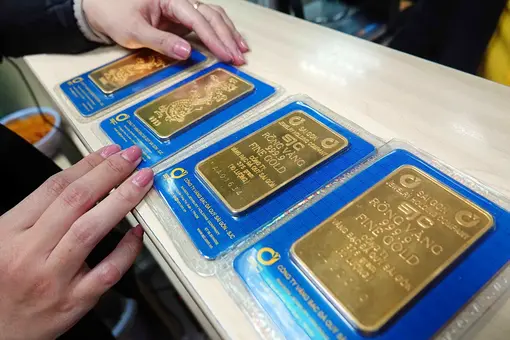
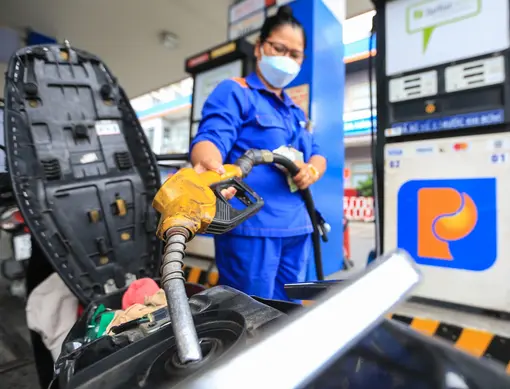
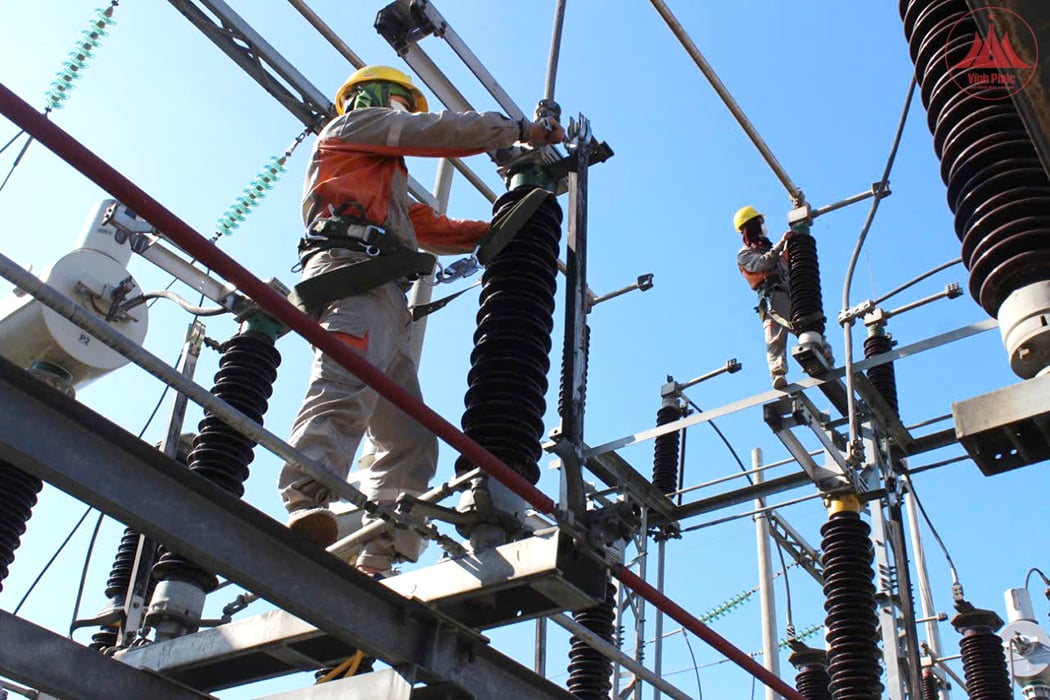

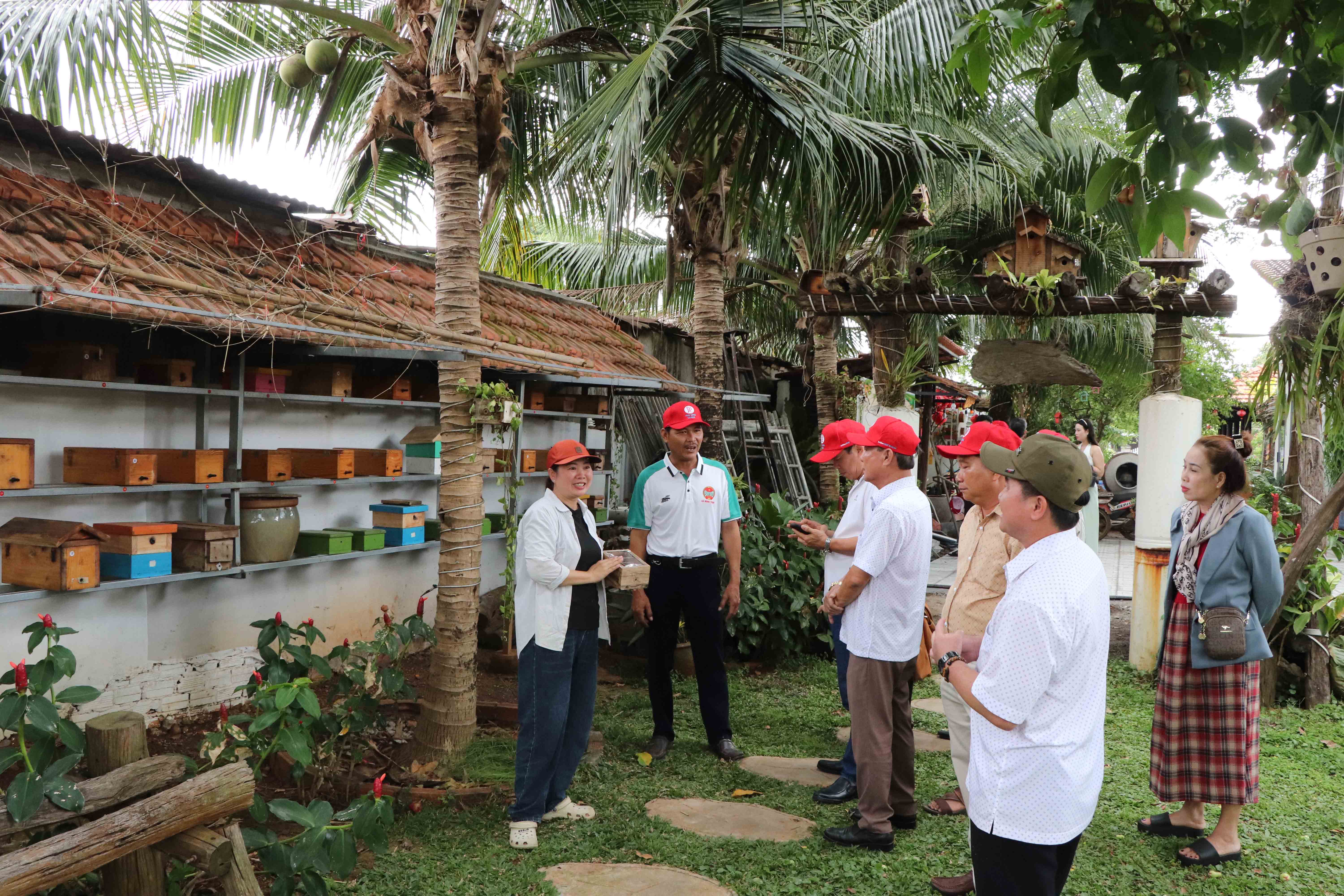
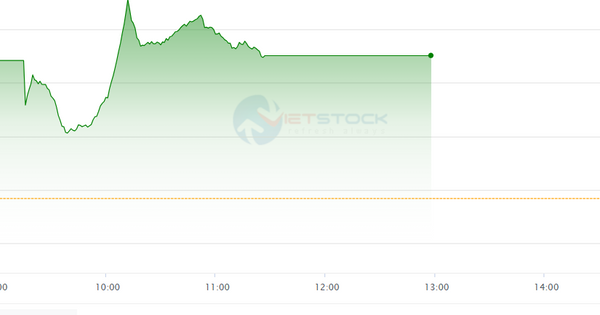




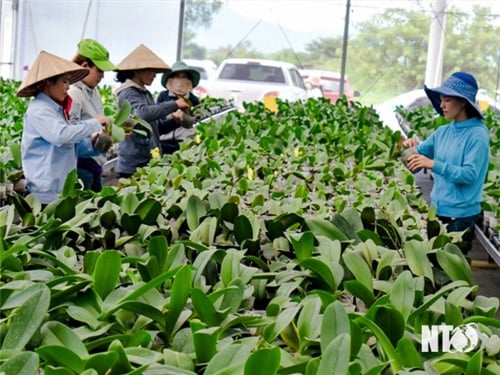
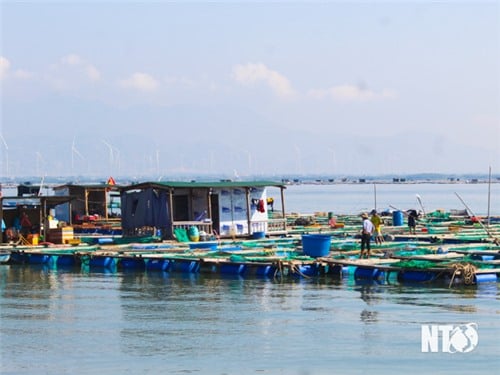

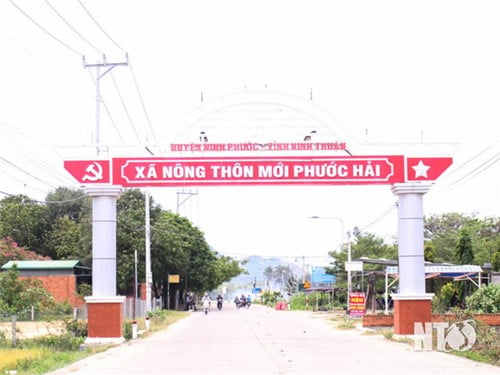
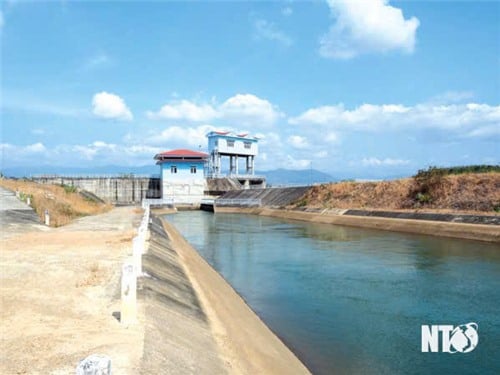




















































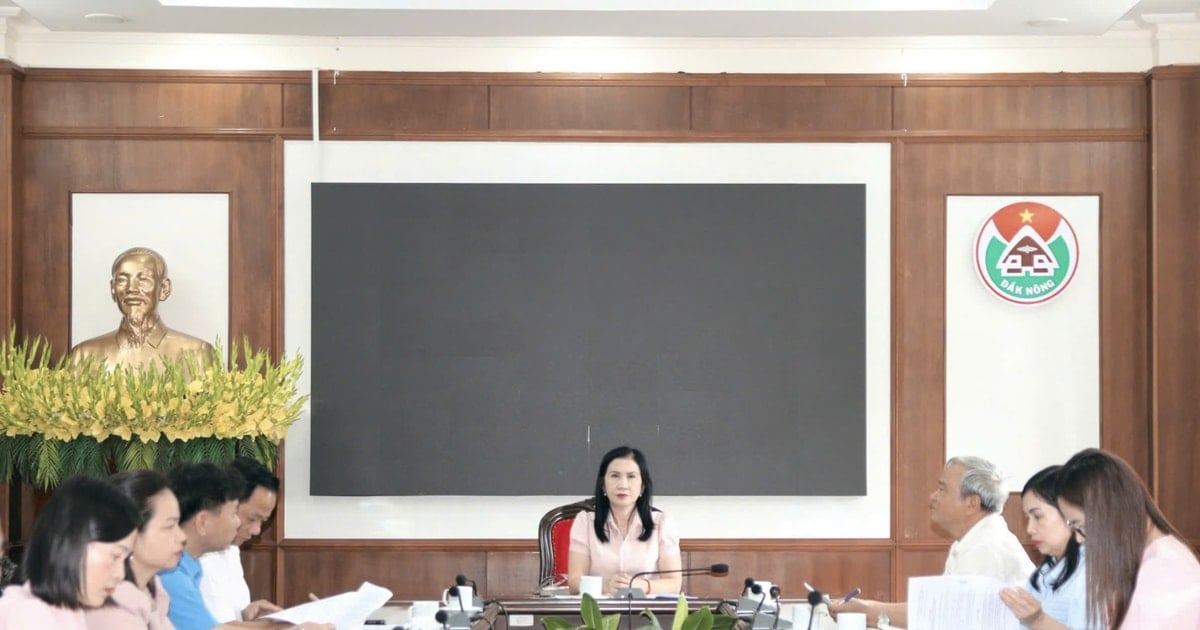












Comment (0)